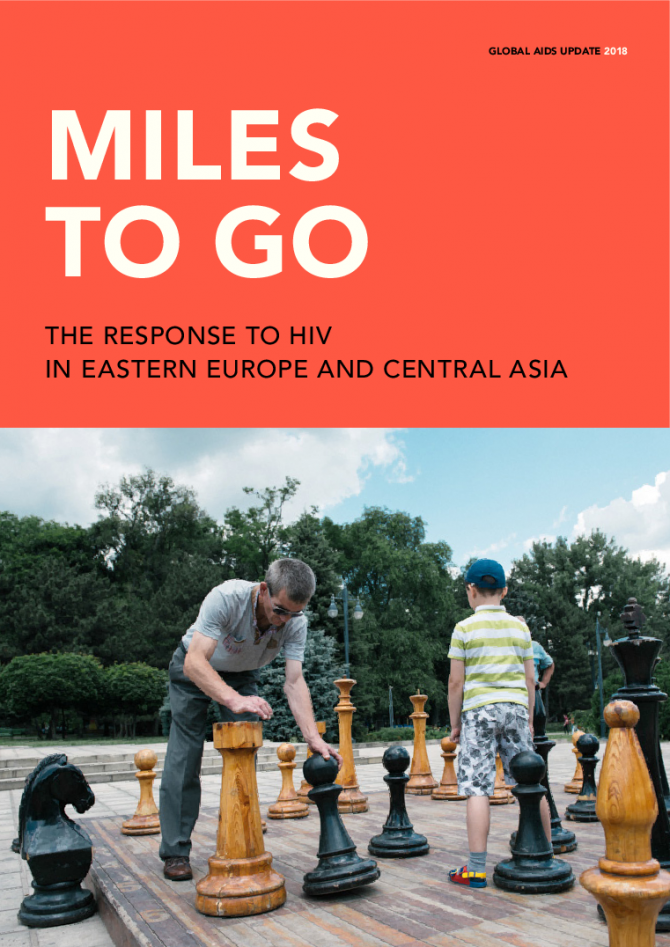Documents
Miles to go - The response to HIV in eastern Europe and central Asia
12 August 2018
The HIV epidemic in eastern Europe and central Asia has grown by 30% since 2010, reflecting insufficient political commitment and domestic investment in national AIDS responses across much of the region. Regional trends depend a great deal on progress in the Russian Federation, which is home to 70% of people living with HIV in the region. Outside of the Russian Federation, the rate of new HIV infections is stable.

